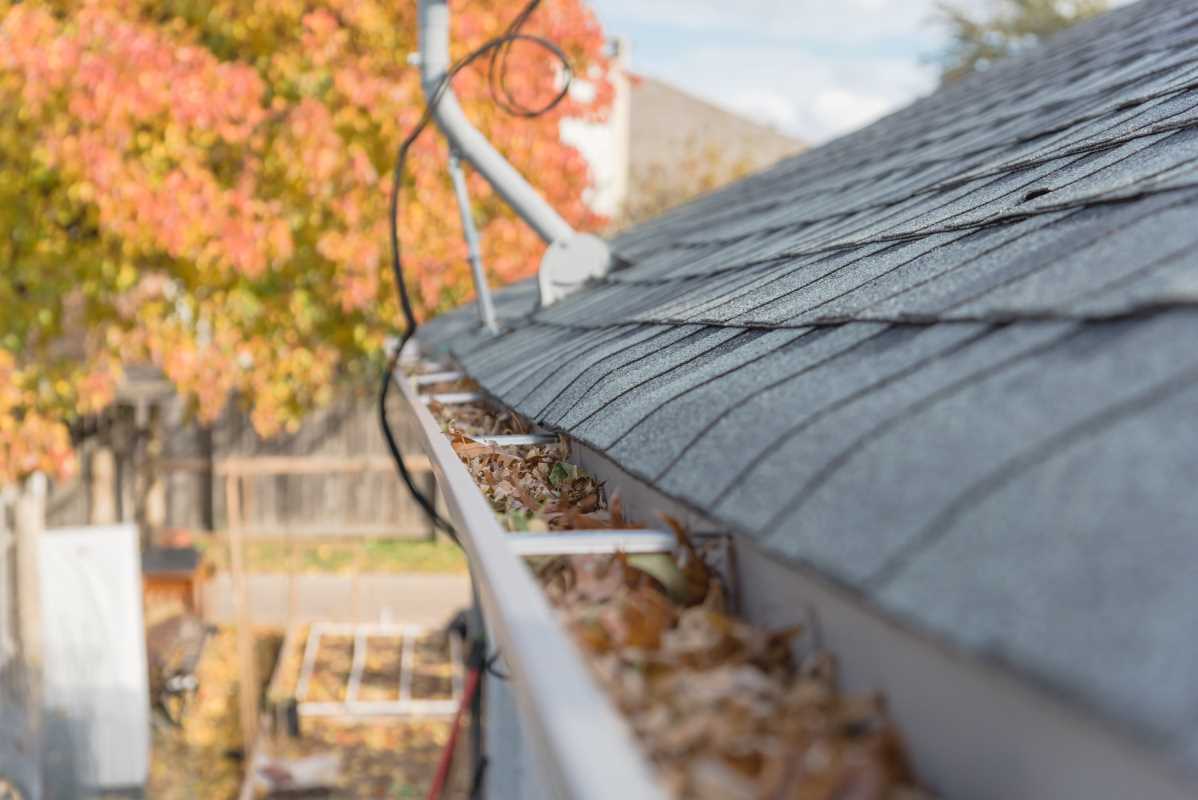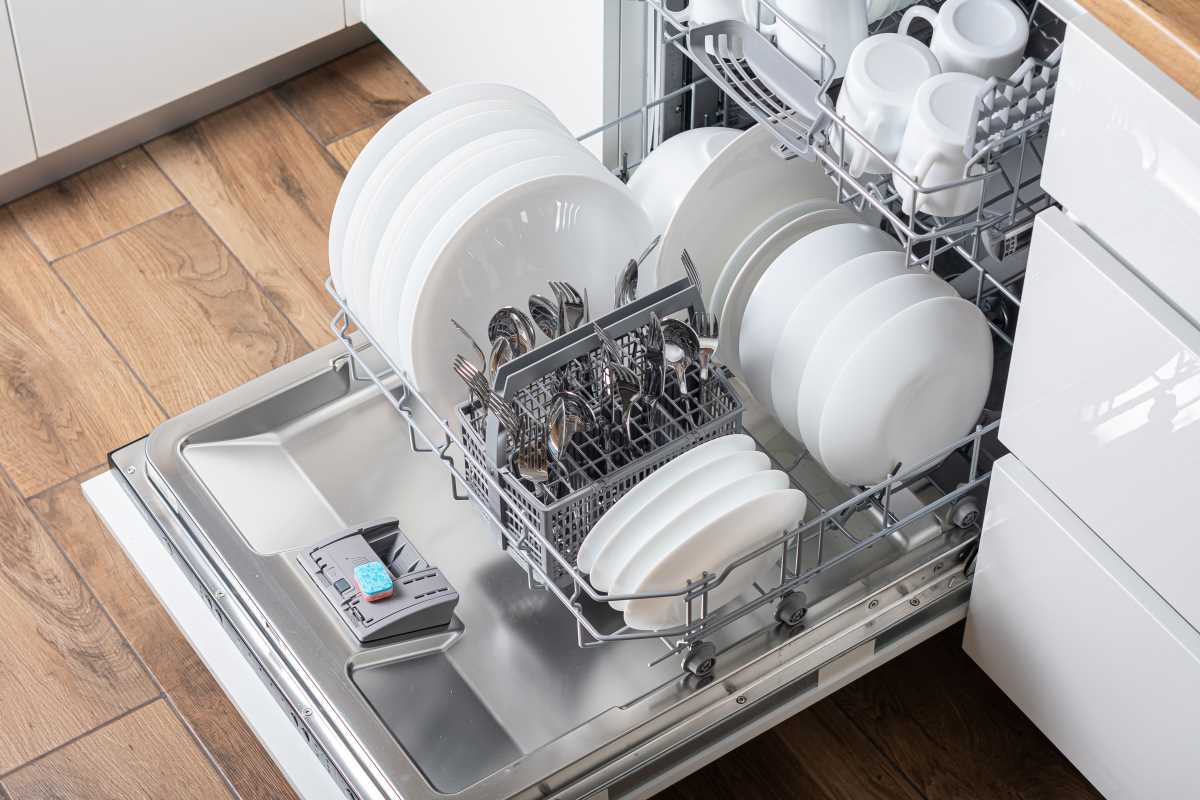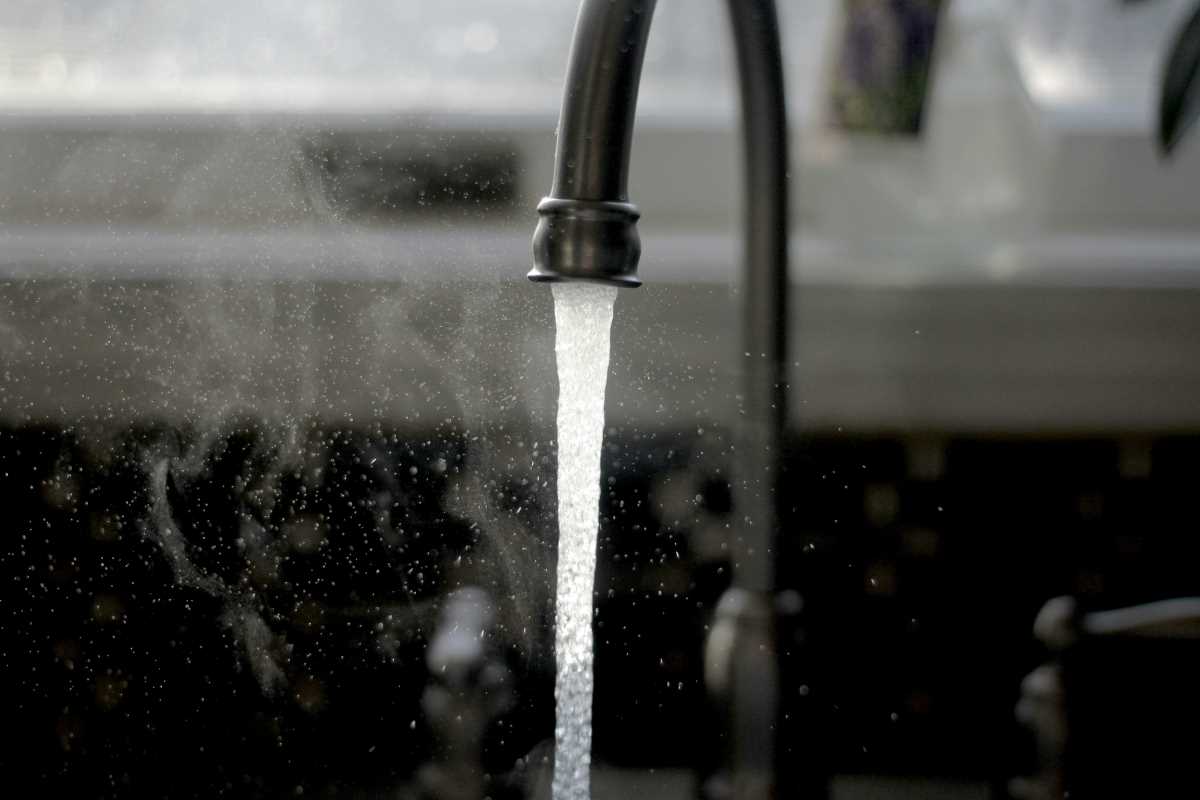Fall brings stunning foliage, crisp mornings, and, for homeowners, a vital opportunity to prepare for the harsher weather ahead. Your roof and gutters play a key role in protecting the home from rain, snow, and debris, making their maintenance in the fall especially important. Ignoring upkeep may lead to clogged gutters, roof leaks, or even structural damage, which can be costly to repair. With some simple maintenance steps, it’s easy to get these systems ready for fall and winter while ensuring they remain in top condition for years to come.
Clear Gutters and Downspouts of Debris
One of the most visible challenges during fall is the sheer amount of leaves, twigs, and debris that collect in gutters and downspouts. Left unchecked, blockages can prevent water from draining properly, leading to overflows that damage siding, foundations, and landscaping. Standing water in gutters can also become a haven for pests and cause rust or sagging.
To prevent these issues, gutters should be cleaned thoroughly in late fall, after most trees have shed their leaves. Use a sturdy ladder and a gutter scoop or gloved hand to remove debris, working carefully to avoid damaging the gutters. Once cleared, flush the system with a garden hose to ensure water flows freely through the downspouts. Installing gutter guards or mesh screens can reduce the frequency of cleaning by keeping debris out while allowing water to pass through.
Inspect the Roof for Damage or Wear
Fall is an ideal time to assess the roof for any signs of damage sustained over the previous months. Look for missing, curled, or cracked shingles, as well as areas where granules may be worn down. These vulnerable spots can leave the roof susceptible to water leaks when heavy rain or snow arrives.
If damage is detected, small repairs can be handled quickly to prevent larger issues. Loose or missing shingles should be replaced, while minor cracks in flashing or sealants can be patched with roofing cement. For more extensive damage, calling in a professional roofer ensures thorough repairs before winter sets in. Regular inspections and prompt repairs are key to extending the roof’s lifespan and protecting the home from costly water damage.
Trim Overhanging Trees
Trees can add beauty to a property, but limbs hanging too close to the roof pose a significant risk. During fall storms or windy conditions, branches may clash against shingles, scratching or breaking them. Falling leaves and pine needles from overhanging branches tend to pile up on the roof and collect in gutters, accelerating clogs and moisture retention.
Trimming back branches that grow within at least 10 feet of the roof reduces these risks. For smaller limbs, pruning can often be done with loppers or a pole saw, while larger branches may require professional help to ensure safety. Keeping trees healthy and well-maintained not only protects the roof but also reduces the likelihood of falling limbs during winter storms.
Check and Seal Gutter Joints and Connections
Gutter systems can develop leaks where sections connect or where they attach to downspouts, potentially allowing water to drip onto the roofline or foundation. These leaks often go unnoticed until they cause visible damage, such as water stains or erosion.
During fall maintenance, inspect each joint and connector in the gutter system for gaps or signs of wear. Apply a gutter sealant to any seams that appear loose or cracked to restore a watertight fit. Adding brackets to reinforce sagging sections can improve overall stability and prevent water from pooling in low spots. Ensuring a tight, seamless system helps keep water flowing away from the home where it belongs.
Ensure Proper Attic Ventilation
The roof and attic work together to regulate moisture and temperature within the home, making ventilation a critical factor in roof maintenance. Poor ventilation can trap warm, moist air in the attic, leading to mold growth, wood rot, or ice dams during winter.
Check attic vents for blockages caused by fallen leaves or debris, and clear them as necessary to promote airflow. Adding insulation to the attic floor may also improve temperature regulation while reducing heat transfer to the roof. Proper ventilation and insulation help protect the roof from damage caused by trapped heat or moisture, extending both its efficiency and lifespan.
Plan for Snow and Ice Management
Fall is the time to prepare roof and gutter systems for the unique challenges posed by snow and ice. Heavy snow loads can strain the roof's structure, while frequent thaw-and-freeze cycles can lead to ice dams that trap water on the roof, causing leaks.
Ensure that roof insulation and ventilation are adequate to prevent the heat buildup that contributes to ice dam formation. Installing heating cables along the roof's edge or gutters can help prevent ice from accumulating. Plan ahead by securing snow rakes or enlisting professional snow removal services to avoid the hazards and damage associated with heavy snowfall.
Test Drainage Around the Foundation
A functioning gutter system directs rainwater and melted snow away from the home, but poor drainage at ground level can undo all that hard work. If water puddles near the foundation, it increases the risk of basement leaks, mold growth, or foundation settlement.
After clearing gutters and downspouts, test the system by running water through it to ensure it flows away from the home. Attach extenders or splash blocks to downspouts to direct water further from the foundation. Addressing drainage issues in fall helps avoid costly foundation repairs down the road.







